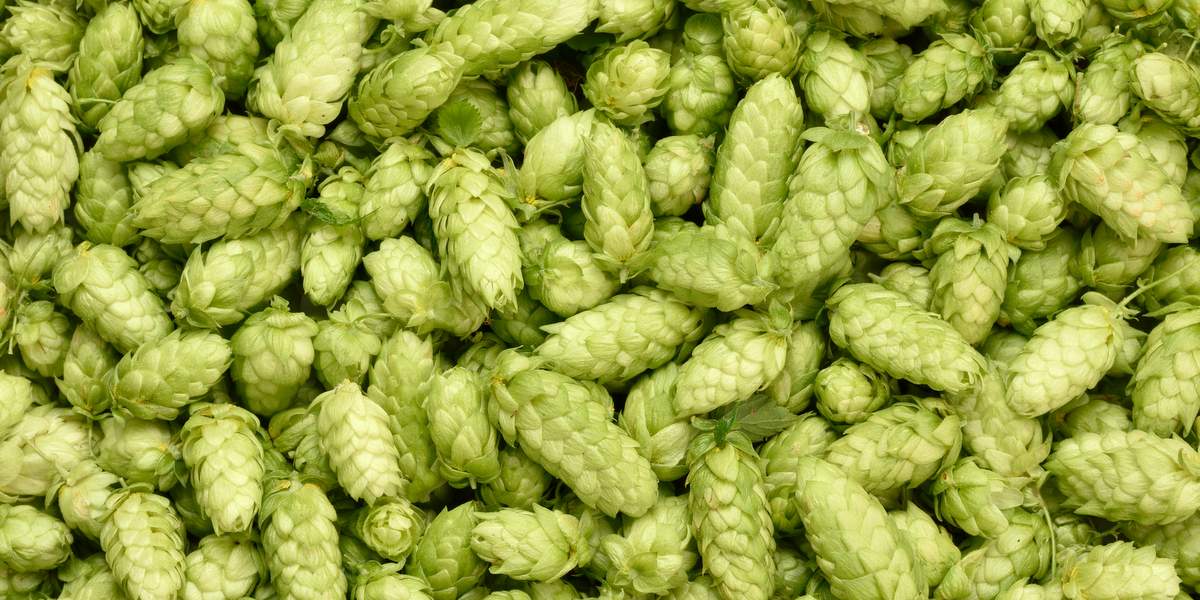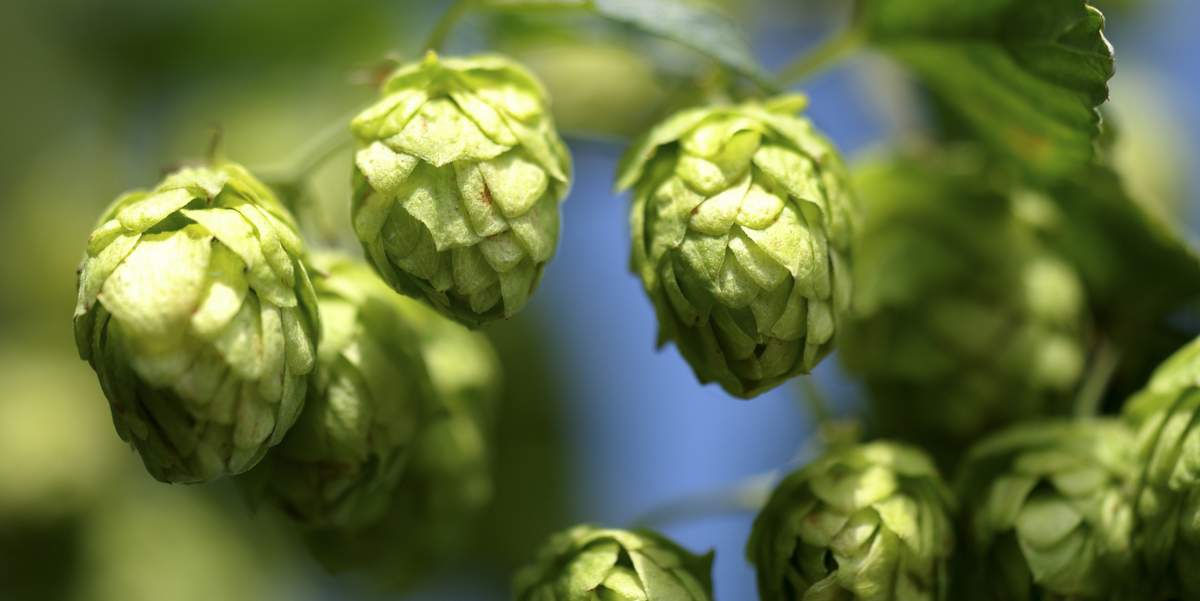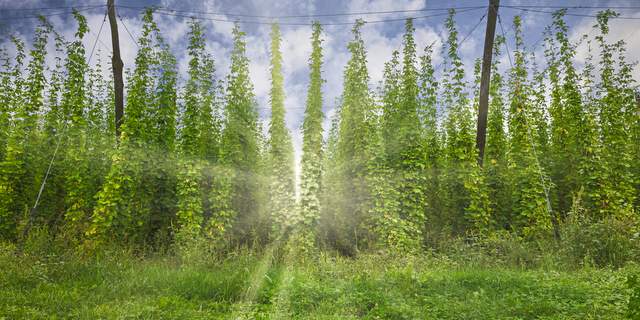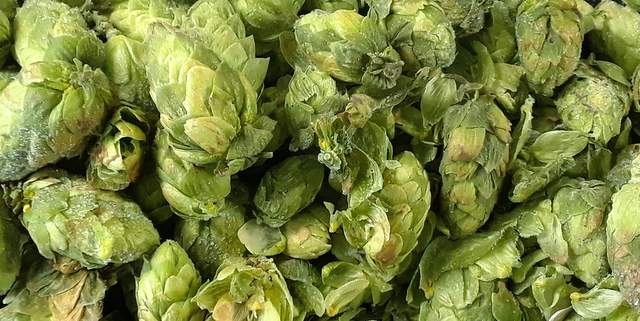
The U.S. hop harvest is in full swing. Ah, what a wonderful time of the year. To get us all a little geeked about the lupulin season, the International Hop Growers’ Convention’s (IHGC’s) economic commission released preliminary estimates for the 2019 hop production year for member countries. IHGC is an event and trade umbrella organization that focuses on helping the global hop industry network of farmers, merchants and other pros succeed and grow. Members come from 20 countries — 12 countries from the European Union, United States, Canada, Australia, New Zealand, Russia, Ukraine, Argentina and China. As its website notes: “Its core members are producers’ associations and trading companies with a keen interest in a global hop market.”
At the July 30 meeting of the IHGC in Slovenia, those preliminary estimates for 2019’s hop production were released along with a market report, recapping the status of the world hop market since the 2018 harvest. Here are 10 interesting factoids pulled from that excellent report (read the full feature here):
- The world acreage of the coming 2019 crop is up by 2.6 percent and continues to expand for a sixth consecutive year.
- As in previous years, the largest increase in acreage took place in the USA, where continuous expansion has taken place since 2011.
- The partially significant reductions in acreage with traditional aroma varieties such as Cascade, Centennial and Willamette were more than offset by new aroma varieties, predominantly from private breeding programs.
- The Nugget variety, which only has a significant share in Oregon, lost almost 20 percent of its acreage.
- The share of private breeding programs for the upcoming harvest in the USA is set to increase to around 57 percent.
- Specialty aroma varieties such as Cascade, Centennial or Mandarina Bavaria, which primarily serve the so-called craft beer segment in the USA and other regions of the world, the oversupply is set to continue for the coming harvest, since the areas were not reduced to the required extent.
- The stocks of so-called fine aroma varieties such as Saazer, Tettnanger and Hallertau Mittelfrüh will most likely be in line with the demand for the coming brewing year.
- High alpha varieties were barely supplied in the 2019 brewing year, even though the acreage has grown steadily in recent years. However, the yield fell short of expectations particularly in Germany, resulting in significant price increases. The expected harvest for the 2019 crop year are already over 95 percent sold.
- On the demand side, the U.S. craft beer market continues to be a key factor. Output growth in the USA reached around 4 percent last year with a peak of more than 7,500 breweries.
- The challenging framework conditions are set to remain in the coming years, especially since the political and social call for measures against climate change, as well as the promotion of biodiversity and water conservation, are expected to bring restrictions in terms of chemical plant protection and fertilization.






Leave a Reply
You must be logged in to post a comment.